Regulatory Support
Regulatory frameworks are increasingly influencing the Nonwoven Products Market, as governments worldwide implement policies that promote the use of nonwoven materials. These regulations often focus on safety, environmental impact, and product performance, encouraging manufacturers to adopt nonwoven solutions that comply with stringent standards. In 2025, the market may benefit from supportive regulations that facilitate the adoption of nonwoven products in various applications, particularly in healthcare and construction. Compliance with these regulations not only enhances product credibility but also opens up new market opportunities for manufacturers. As a result, regulatory support is likely to be a driving force in the growth of the Nonwoven Products Market, fostering innovation and encouraging the development of safer, more efficient nonwoven materials.
Diverse Application Areas
The versatility of nonwoven materials is a significant driver for the Nonwoven Products Market, as these products find applications across various sectors. From hygiene products like diapers and feminine care items to industrial applications such as filtration and insulation, the range of uses for nonwovens is extensive. In 2025, the market is projected to expand further as new applications emerge, particularly in the healthcare and automotive industries. The increasing demand for lightweight, durable, and cost-effective materials is likely to propel the growth of nonwoven products in these sectors. Additionally, the adaptability of nonwovens to meet specific performance criteria makes them an attractive choice for manufacturers. Consequently, the diverse application areas of nonwoven materials are expected to play a crucial role in shaping the trajectory of the Nonwoven Products Market.
Technological Innovations
Technological advancements are transforming the Nonwoven Products Market, driving efficiency and product quality. Innovations in manufacturing processes, such as spunbond and meltblown technologies, have enhanced the production capabilities of nonwoven materials. These advancements enable the creation of high-performance nonwovens that cater to diverse applications, from medical to automotive sectors. In 2025, the market is expected to witness a surge in demand for technologically advanced nonwoven products, as industries seek materials that offer superior functionality and cost-effectiveness. Furthermore, the integration of automation and smart technologies in production lines is likely to streamline operations, reduce waste, and improve overall productivity. As a result, companies that invest in technological innovations may position themselves favorably within the competitive landscape of the Nonwoven Products Market.
Sustainability Initiatives
The increasing emphasis on sustainability appears to be a pivotal driver for the Nonwoven Products Market. As consumers and manufacturers alike become more environmentally conscious, the demand for eco-friendly nonwoven materials is likely to rise. This shift is evidenced by the growing preference for biodegradable and recyclable nonwoven products, which are perceived as more sustainable alternatives to traditional materials. In 2025, the market for sustainable nonwoven products is projected to reach a substantial value, reflecting a significant portion of the overall nonwoven market. Companies that prioritize sustainability in their product offerings may gain a competitive edge, as consumers increasingly favor brands that align with their values. Thus, sustainability initiatives are not merely a trend but a fundamental aspect shaping the future of the Nonwoven Products Market.
Consumer Demand for Hygiene Products
The rising consumer demand for hygiene products is a critical driver for the Nonwoven Products Market. As awareness of health and hygiene continues to grow, particularly in personal care and medical sectors, the need for high-quality nonwoven materials is expected to increase. In 2025, the market for hygiene-related nonwoven products is projected to expand significantly, driven by factors such as population growth and changing consumer preferences. Nonwoven materials are favored for their absorbency, softness, and breathability, making them ideal for applications in diapers, wipes, and surgical gowns. This heightened demand for hygiene products not only supports the growth of the nonwoven market but also encourages manufacturers to innovate and improve product offerings. Thus, the consumer demand for hygiene products is poised to play a vital role in shaping the future of the Nonwoven Products Market.


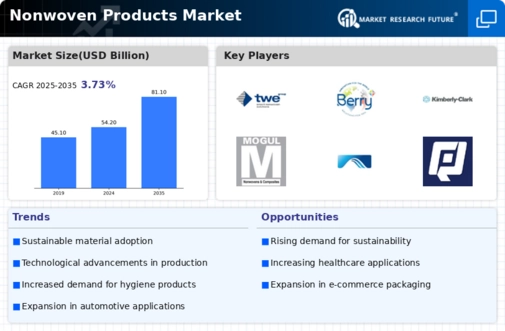
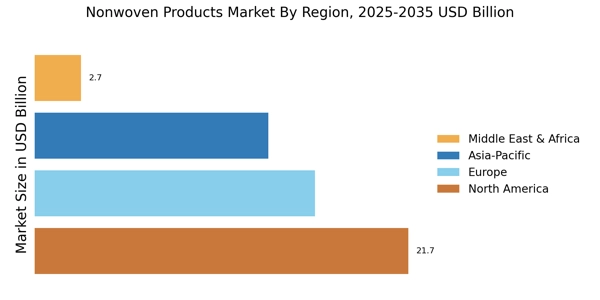
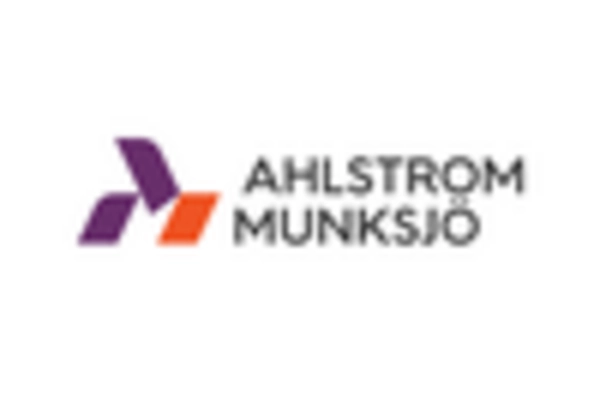
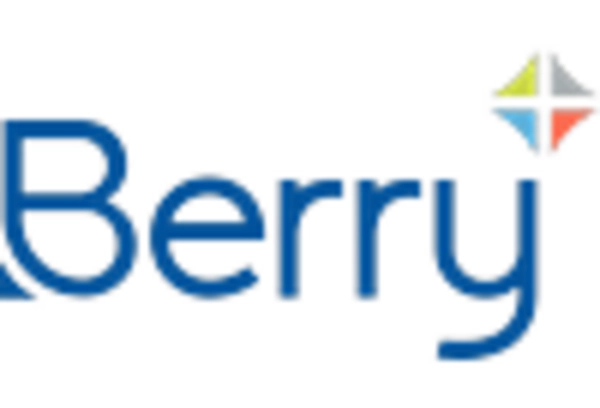

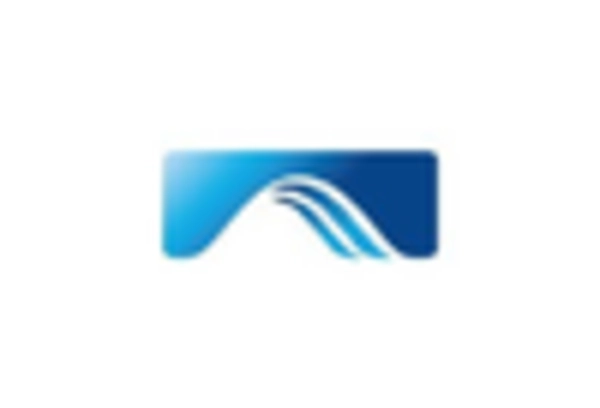
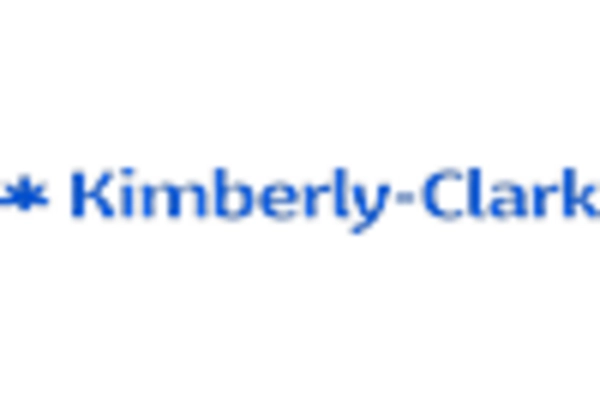
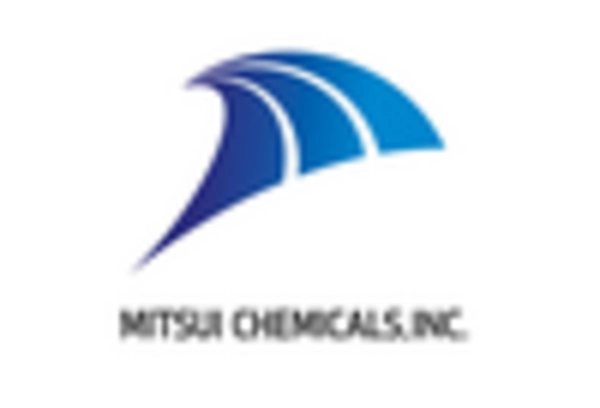








Leave a Comment